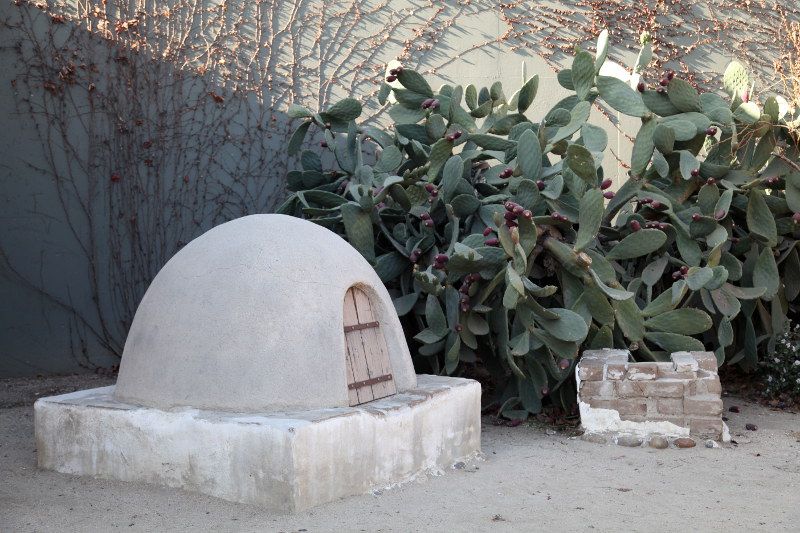One of the downsides of staying in California for an extended period is after a while it becomes harder and harder to find new and interesting sights to see. For a while the NorCal Mission Quest drove planning for weekend and evening trips. These days we’ve seen all we can see with the Missions and have now moved onto the Adobes.
So, what exactly is an Adobe?
According to California State Parks: “Adobe buildings are constructed using adobe bricks, made by mixing clay-rich mud, straw, animal manure and sand in a pit. The mixture is then shovelled into moulds and left to bake in the sun. Adobe construction was introduced to California by the Spanish in 1769. The Spanish used adobe widely, and every Spanish presidio, pueblo and mission were made up almost exclusively of adobe buildings. These buildings were also used later on during the Mexican and Early American Periods of California.”
In California there are roughly 50 Adobe structures that have been preserved (non-Mission/Presidio structures). These are the oldest buildings in California and are a link to California’s Spanish past.
The first Adobe on the visit list was the Luis Maria Peralta Adobe. It sits quietly tucked away amongst the San Pedro Square Market and a handful of restaurants. The building is within walking distance from most of San Jose’s museums and galleries.
The Adobe is easy to miss because it’s small and unassuming but this little building is the oldest structure in San Jose; it has survived both time and progress.
A sign beside the building reads: “The last vestige of El Pueblo de San José de Guadalupe, the simple adobe, rehabilitated in the mid-19th century, is believed built before 1800 by Manuel Gonzalez, an Apache who was one of the Pobladores (founders). Later owned and occupied by Sgt. Peralta, Pueblo Comisionado from 1807 to 1822. Both men came to California with the Anza Expedition in 1775-76.”
